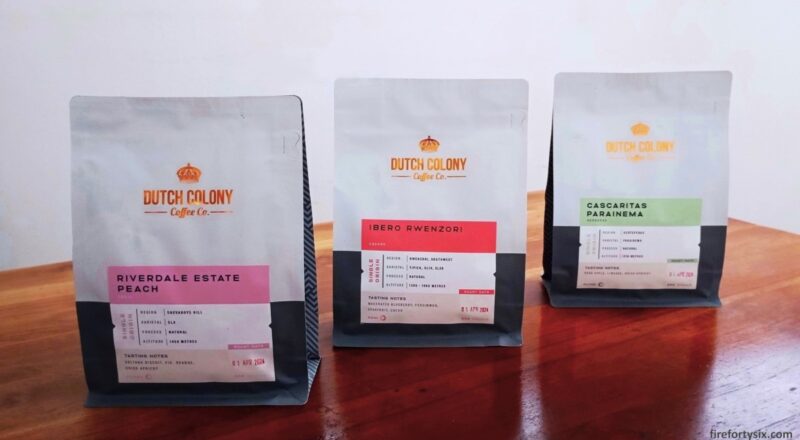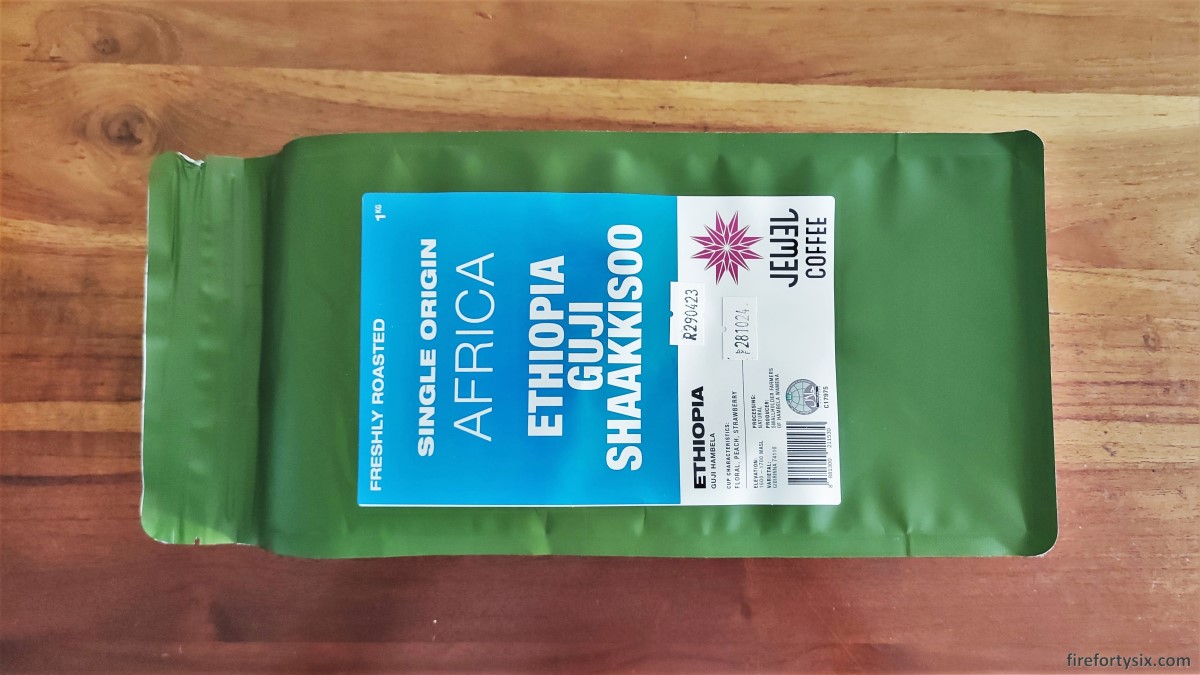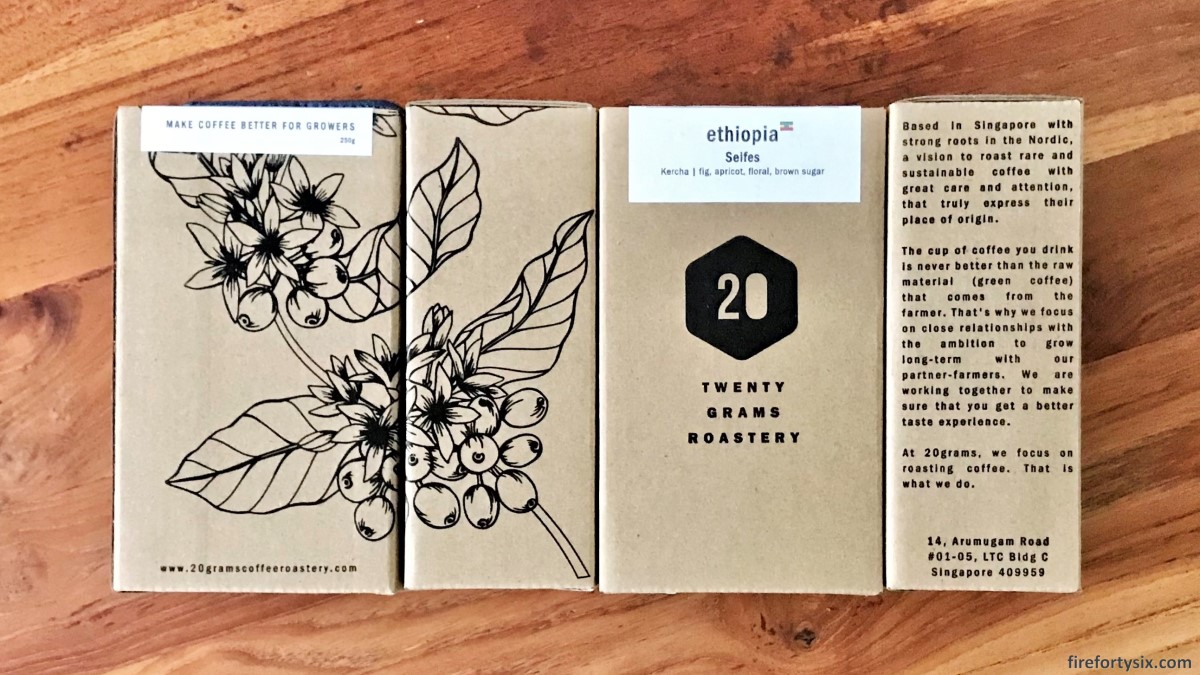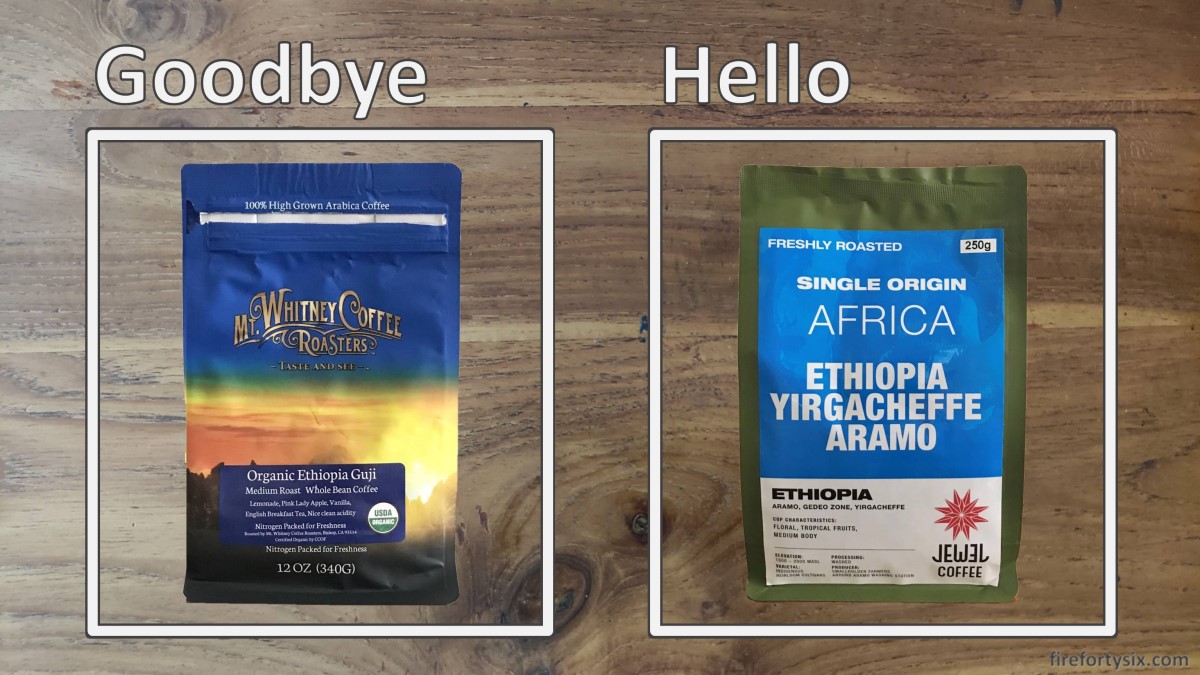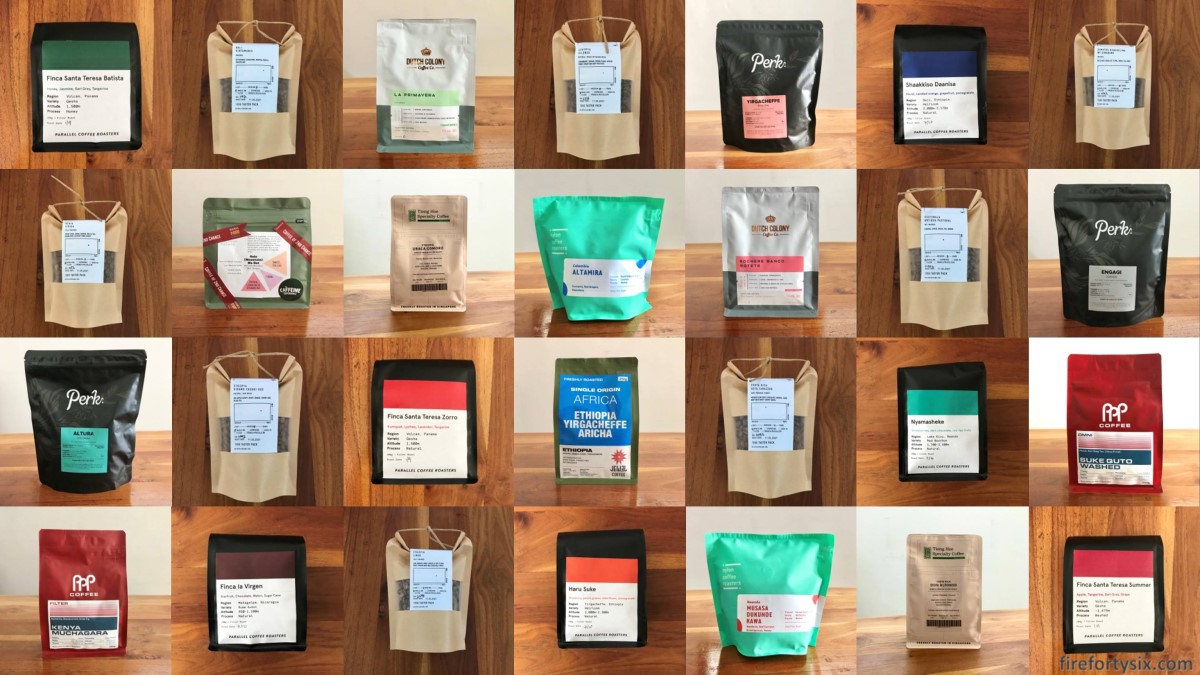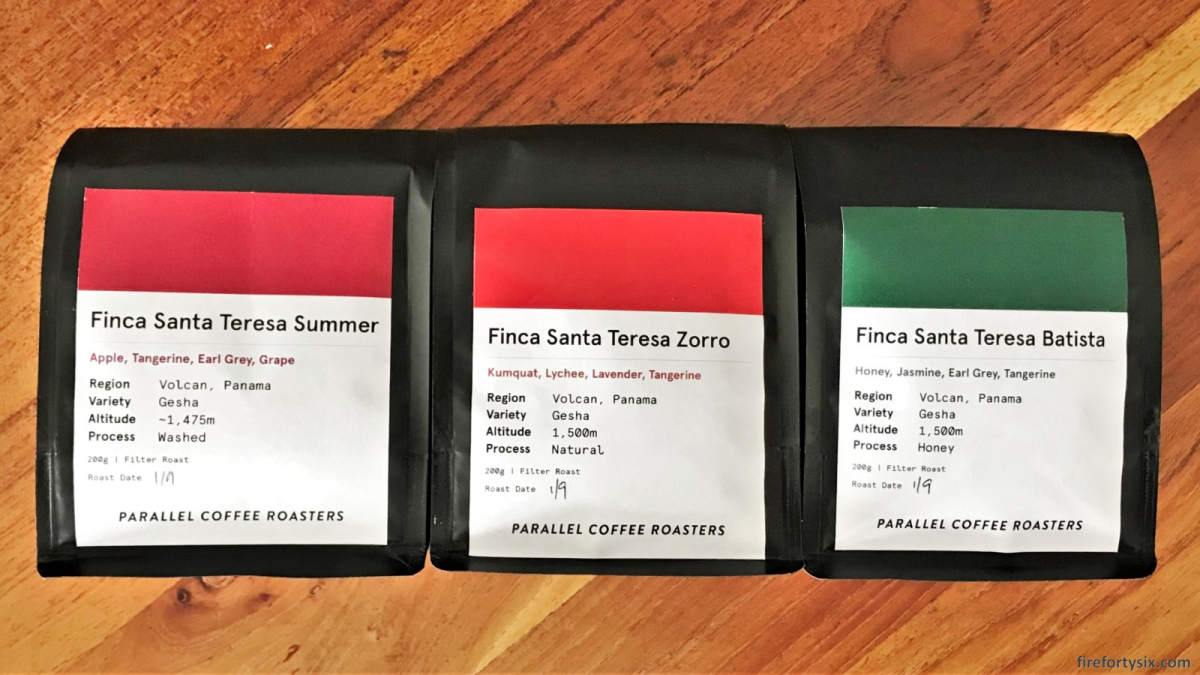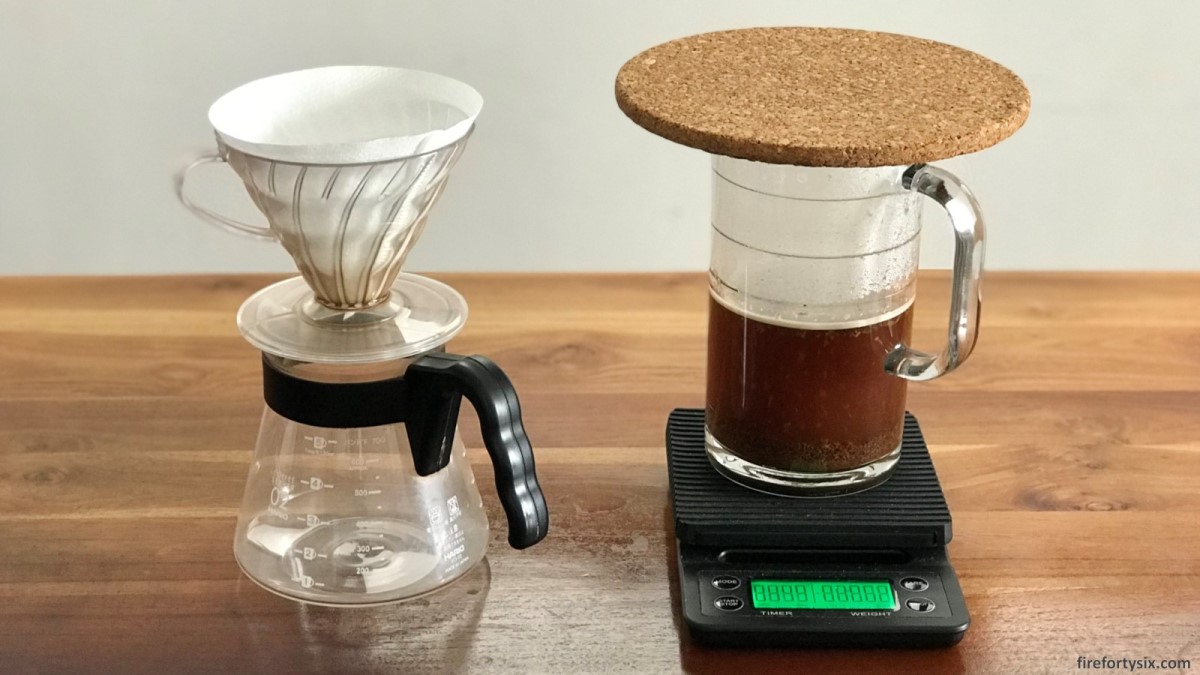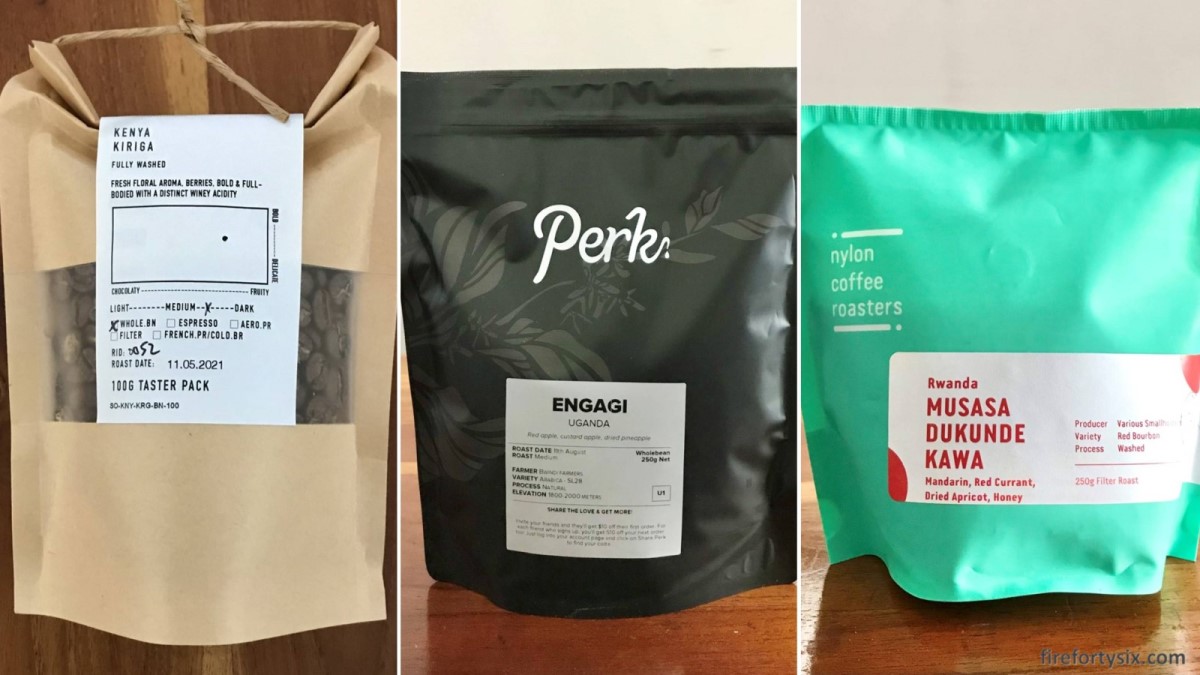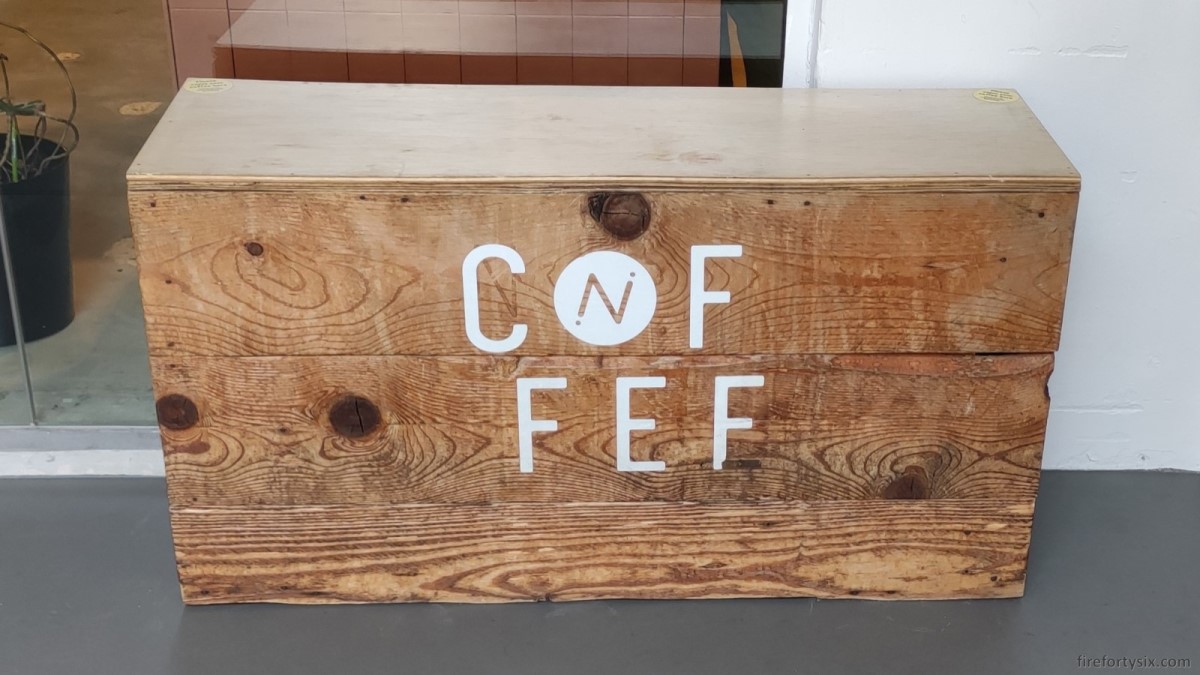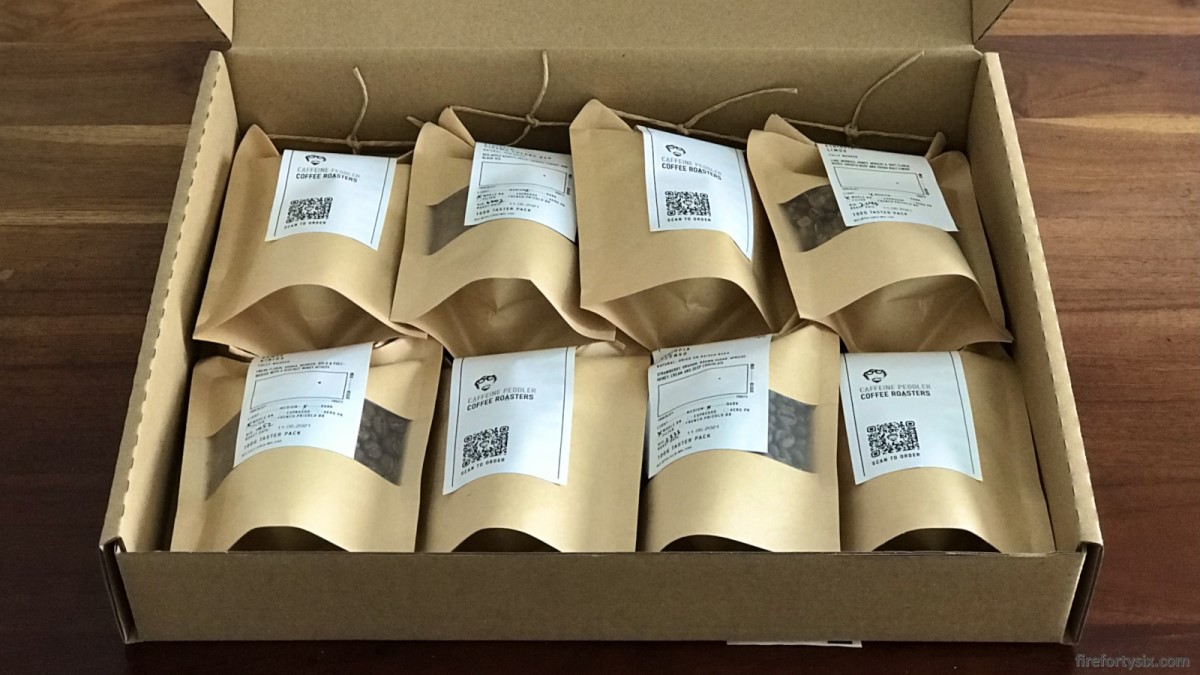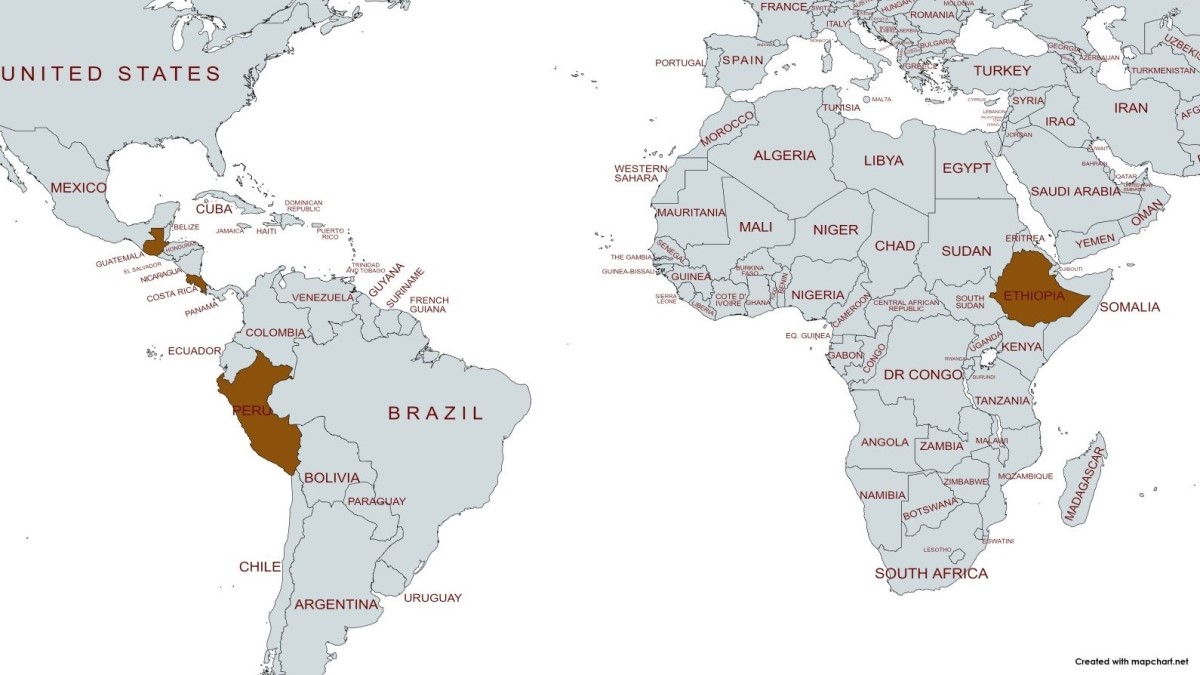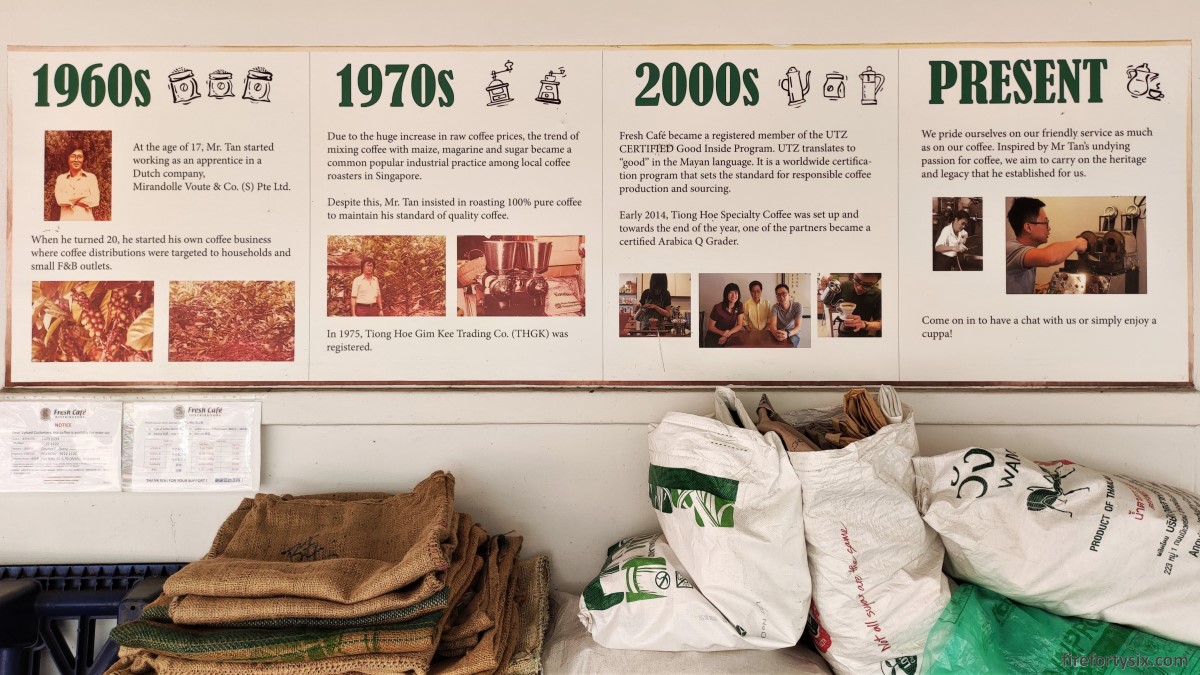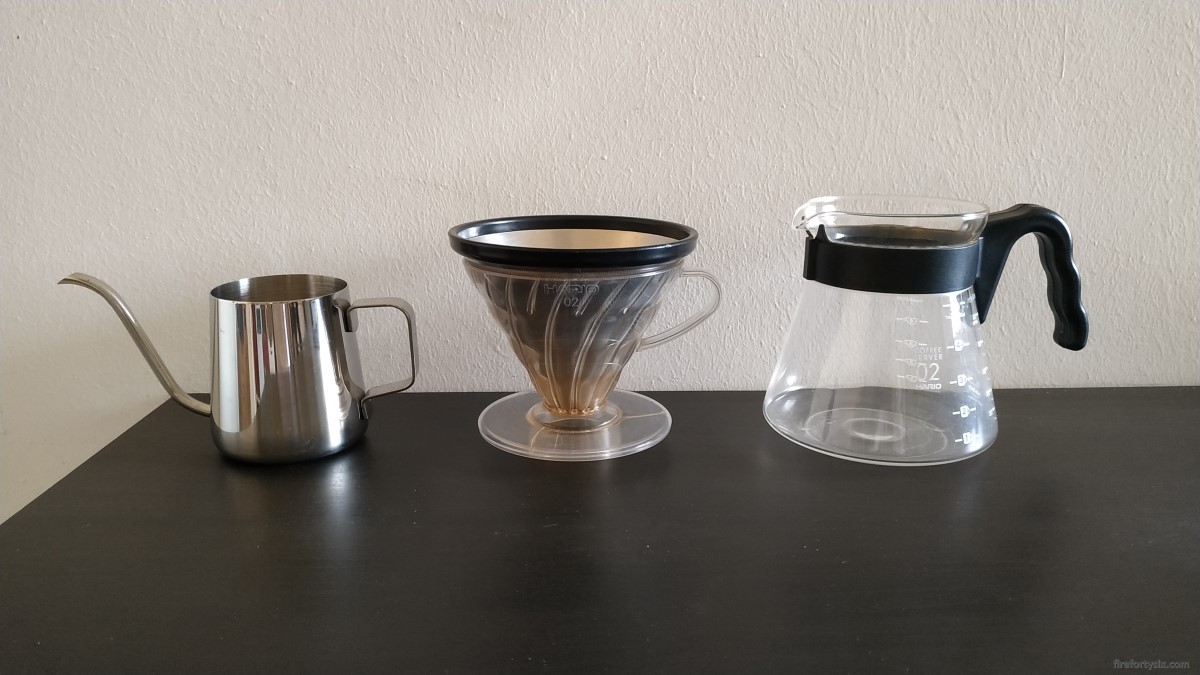Since we start every morning with a cup of freshly-ground hand-brewed V60 coffee, it was only prudent to try and contain the cost of this daily necessity.
So, starting from the middle of last year, I’ve been been relying exclusively on 1kg bags of freshly-roasted Ethiopian Guji Shaakkisoo beans from Jewel Coffee.
Buying in bulk has helped keep down the cost of black V60 coffee to an affordable S$0.80 per cup, with an occasional latte coming in at a reasonable S$1.20.
Dutch Colony Coffee
We enjoy the taste of our daily dose of caffeine, but once in a while, it’s nice to introduce some variety. Opportunity knocked when I saw a Facebook post by Dutch Colony Coffee.
It was their 11th anniversary, and to commemorate this milestone, they were running a 1-for-1 promotion for purchases on their online store.
During our year of coffee exploration, before we had figured out the type of beans we liked, they were one of the many local roasters I had bought from.
We must have tried more than a dozen different bag of beans from their roastery, and I had brewed really enjoyable cups from many of them.
Their La Primavera from Colombia and Kochere Banco Gotete from Ethiopia were especially memorable, and Dutch Colony Coffee remains one of our trusted sources of freshly roasted beans.
One feature that sets them apart is the variety of single origin coffee they offer online, from different farms across the continents of Africa, Asia and the Americas.
Their 1-for-1 anniversary offer meant that four of their 250gm bags would cost about the same as my usual 1kg bag. I was even able to choose different beans, enabling me to explore new origins.
I ordered beans from India, Uganda and Honduras, allowing me to vicariously travel across three different continents within a month.
Riverdale Estate Peach (India)
The first bag I brewed was the Riverdale Estate Peach from Shevaroys Hill in Tamil Nadu, India. It was a naturally-processed medium/light roast, with tasting notes of “sultana biscuit, fig, orange and dried apricot.”
There were two characteristics of this bag that made it especially attractive.
Firstly, it was from India, a country origin that I had never tried before. And secondly, the beans had been co-fermented with peach mossto, a modern technique that I was curious about.
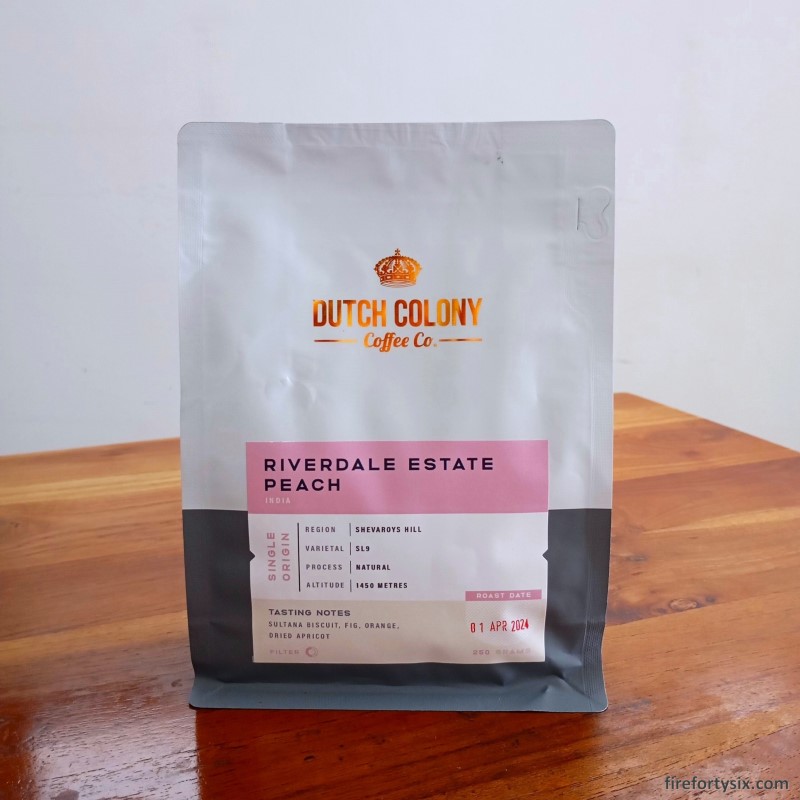
After opening the bag, I was greeted with a familiar scent. I couldn’t quite identify what it was, and roped in The Wife for assistance.
“Kwachi!” she immediately responded, the dialect pronunciation for 瓜子, or roasted pumpkin seeds. Yes, that was exactly what it smelled like.
It’s been a while since I’ve had to dial in new beans, and I decided to start the process with my trusty Tetsu 4-6 recipe.
My first attempt resulted in a fruit forward cup with nice acidity and a discernable note of dried apricot. The flavours felt a bit muted so I tried grinding finer, which made it more flavourful but also slightly bitter.
After tweaking other variables, I decided to try the Onyx recipe in order to achieve more balance. That seemed to work as I got a rounded cup, with a combined taste profile of biscuit and fruit.
For future reference, the final brewing parameters were:
- Recipe:
Onyx - Coffee:
30gm - Water:
500gm(1:16.7 ratio) - Grind Size: 1Zpresso JX-Pro
2-9-0 - Water Temp:
99°C - Bloom:
100gm(3.3x coffee) - Brew Time:
2'30"
Ibero Rwenzori (Uganda)
Hopping over to the African continent, I opened the Ibero Rwenzori from Southwestern Rwenzori in Uganda.
Again, it was naturally-processed but was roasted longer to medium/dark, and advertised tasting notes of “macerated blueberry, persimmon, starfruit and cacao.”
Which got me quite excited as I’ve been chasing the elusive blueberry note ever since I first encountered it in the Ethiopia Uraga Gomoro from Tiong Hoe Coffee.
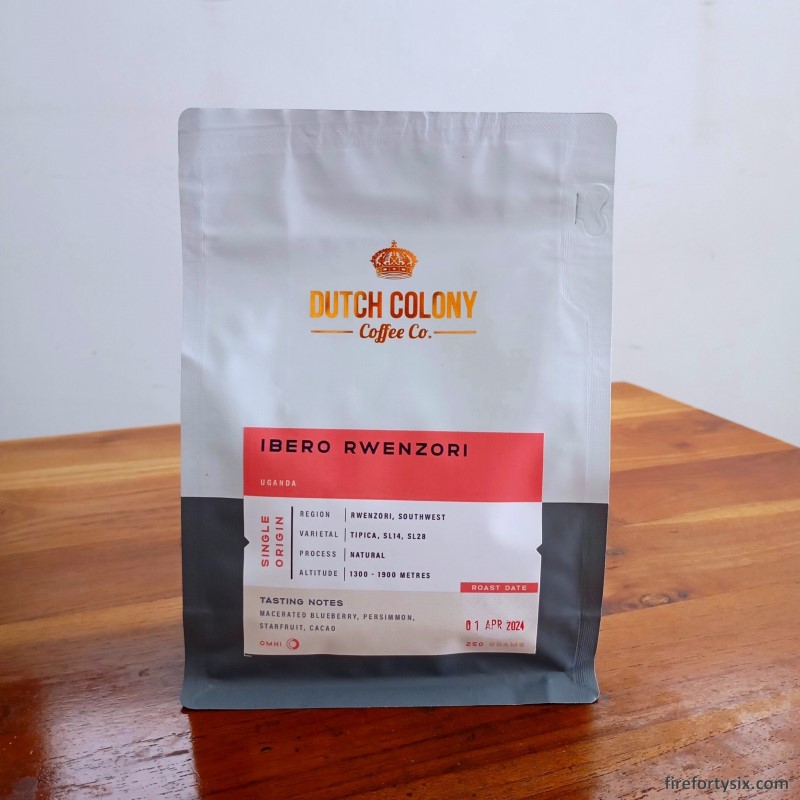
I’ve not had success since, but it hasn’t stopped me from trying. My hopes were raised when an initial whiff yielded the pleasant scent of cookies, with just the slightest hint of blueberry.
Keeping my fingers crossed, I brewed our usual black V60 coffee using Tetsu 4-6. Unfortunately, there was no blueberry to be found. I tried again with the Onyx recipe, but still no joy.
Since the roast of this particular bag of beans was on the darker side of medium, I thought that maybe it would work better as an espresso. Or rather, in a latte, as we prefer to cut the harshness of pure espresso with some milk.
Time to bring my Picopresso out from hibernation.
My hunch proved to be correct as it resulted in a delightful latte, with equal parts chocolate and fruit. But even though I was hoping that blueberry would finally reveal itself, it remained hidden.
Still, the lattes were a joy to drink. In fact, I would say that they were the tastiest I’ve made so far. Who knew that Ugandan beans could make such good espressos.
If you also happen to own a Picopresso, here’s how I made the latte:
- Coffee:
18gmin,54 gmout (1:3 ratio) - Steamed Milk:
108gm(1:2 ratio) - Water Temp:
99°C - Pre-infusion:
12 pumps, then wait30 seconds - Total Time:
1'15"
Cascaritas Parainema (Honduras)
Finally, it was time to head over to Central America, with my bag of Cascaritas Parainema from Ocotepeque in Honduras.
I’ve brewed coffee from Costa Rica, Colombia, Nicaragua, Panama and Guatemala, but strangely not Honduras. I’ve heard good things about the coffee there, so I was glad it finally appeared on my radar.
It was naturally-processed, naturally, with tasting notes of “rose apple, limeade and dried apricot.” As should be obvious by now, we lean heavily towards natural processing and tend to avoid washed or honey-processed coffee.
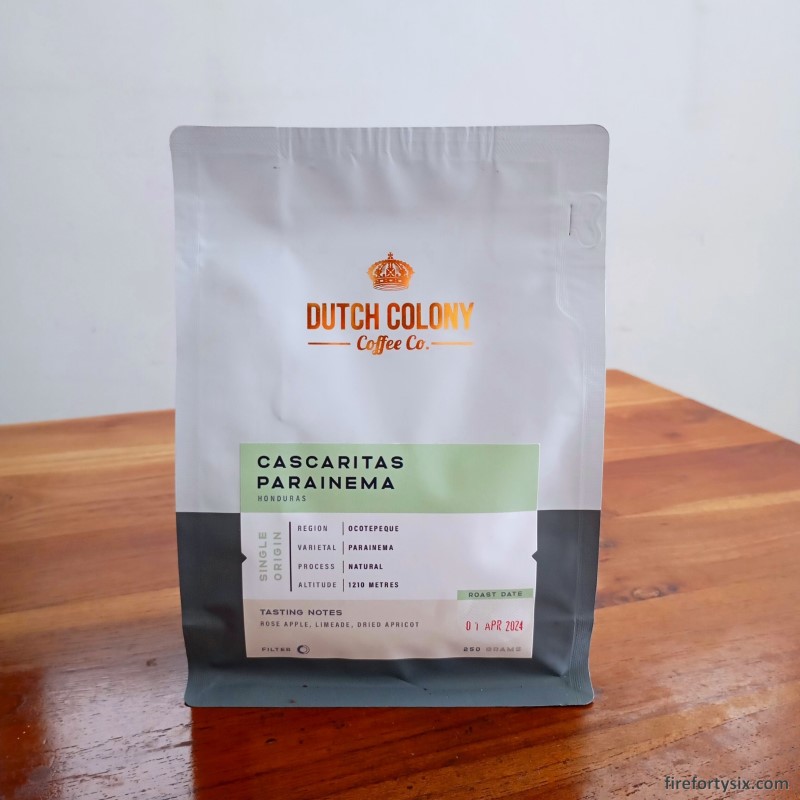
The beans were medium roasted and surprisingly didn’t smell biscuity, as we had originally expected. A hint of apricot was detected when The Wife took the first sniff, even before I told her what was listed on the packaging.
I managed to get a bright and refreshing cup using Tetsu 4-6 on my very first try. It was great as-is but I was curious if it could improved with further tweaks.
Changing the grind size either made it too bitter and heavy (finer grind), or acidic and thin (coarser grind). Switching to Onyx muted the refreshing flavours significantly, so I happily reverted the brewing parameters back to square one:
- Recipe:
Tetsu 4-6 - Coffee:
30gm - Water:
500gm(1:16.7 ratio) - Grind Size: 1Zpresso JX-Pro
3-2-0 - Water Temp:
98°C - Bloom:
90gm(3x coffee) - Brew Time:
3'30"
Crossing Three Continents
The three 250gm bags lasted us around three weeks, and we’re back on our usual 1kg supply of Ethiopian beans.
This virtual journey from India to Uganda to Honduras reminded me of the fun we had exploring specialty coffee from different parts of the world.
Changing up our regular routine proved to be quite enjoyable, and I’m looking forward to our next “adventure”.
